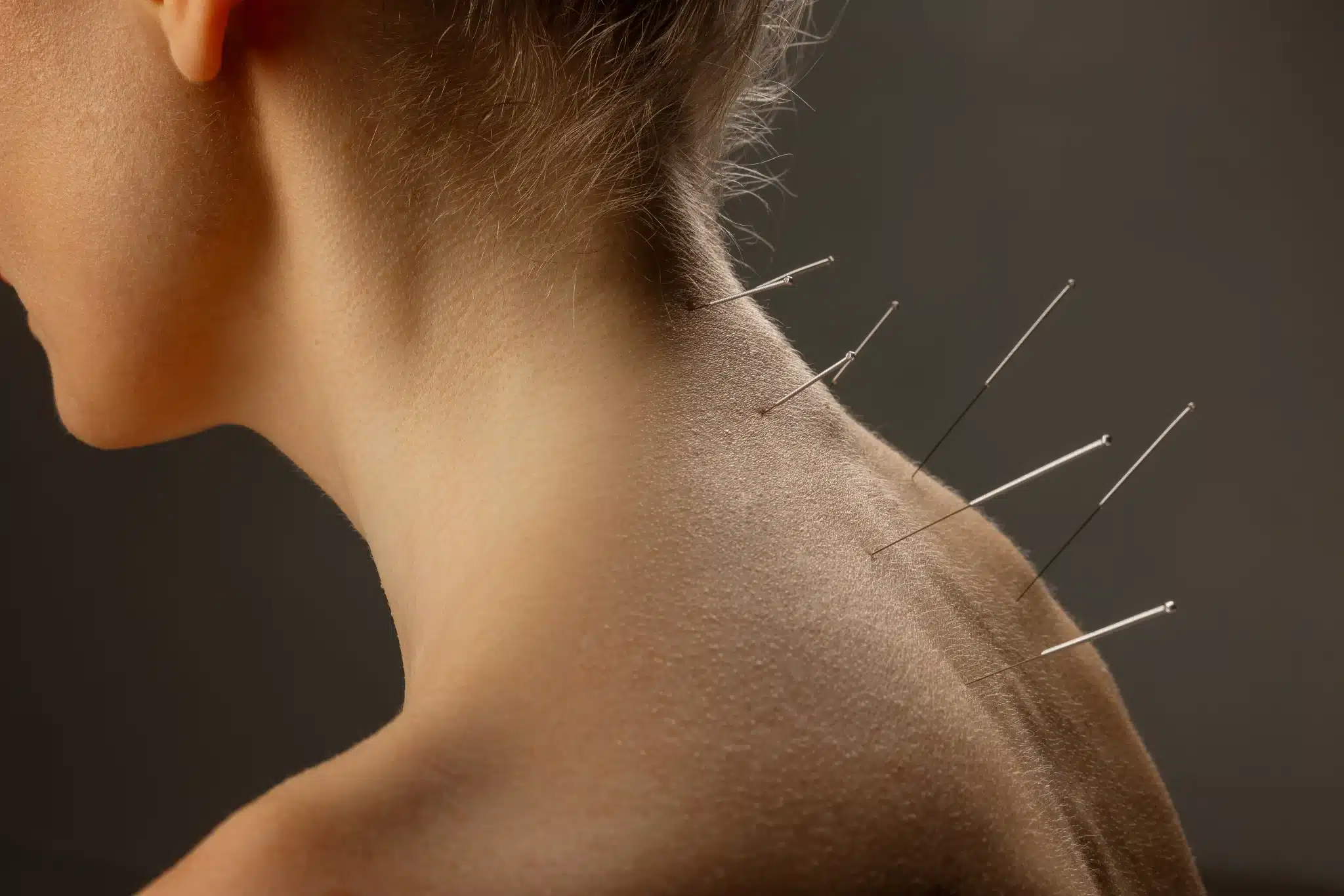Medical billing modifiers can be tough for holistic healthcare providers. Understanding modifier 76 vs 59 might seem like a small detail, but choosing the wrong one can cause claim denials and impact your revenue.
It’s frustrating to navigate billing rules while focusing on patient care. Many providers find it challenging to know when to use each modifier correctly, leading to mistakes and payment delays.
In medical coding, precision is key. The right modifier clearly communicates to insurance payers the services you provided, ensuring your practice is fairly reimbursed. For holistic healthcare providers, mastering modifier 76 vs 59 is essential for financial health.
In this guide, we explain the differences between these two important modifiers, their correct use, and documentation requirements. Our goal is to equip your practice with the confidence and knowledge to optimize billing and maximize reimbursements.
If you need expert help, contact our team at Holistic Billing Services, located at 1402 Edgewater Dr #101, Orlando, FL 32804, or call +1 800-741-3655.

What Are Modifiers 76 and 59 and Why Do They Matter?
Modifiers in medical billing add critical details to CPT codes, clarifying the exact nature of services provided. They are vital in explaining repeated or separate procedures, helping avoid claim denials due to bundling rules.
Modifier 76 signals a repeat procedure by the same provider on the same day. It’s used when a service or procedure needs to be repeated due to medical necessity, such as repeating an imaging study because of technical difficulties or continuing therapeutic interventions.
Modifier 59 indicates a distinct procedural service separate from other services performed on the same day. It’s applied when procedures or treatments occur at different anatomical sites, different sessions, or for different diagnoses, avoiding bundling denials.
Understanding Modifier 76 vs 59: Key Differences
| Aspect | Modifier 76 | Modifier 59 |
|---|---|---|
| Purpose | Repeat of same procedure by same provider | Distinct procedural service |
| When to Use | Same procedure, same day, same provider | Separate procedure that might be bundled |
| Documentation | Clear reason for repeat service | Evidence of different site, session, or diagnosis |
| Audit Risk | Moderate | High – requires detailed clinical rationale |
Real-World Examples in Holistic Care
- Modifier 76: Repeating acupuncture on the same points in a session due to patient response or repeating imaging due to movement.
- Modifier 59: Billing for acupuncture on a different body area during the same visit or performing physical therapy along with a separate massage treatment for different conditions.
Documentation Best Practices for Modifier 76 vs 59
Documentation must clearly justify modifier use:
- For modifier 76, record why the procedure was repeated, including clinical rationale and timing.
- For modifier 59, document distinct service details, including different anatomical sites, separate clinical indications, and the timing of services.

Why Partner with Holistic Billing Services for Modifier 76 vs 59?
Navigating the complexities of modifier 76 vs 59 requires specialized expertise. At Holistic Billing Services, we empower your practice with tailored strategies to optimize modifier usage, improve documentation, and maximize reimbursements. Our experienced team stays current with payer rules and compliance standards, reducing denials and speeding payment cycles.
Partnering with us means you can focus on delivering quality patient care while we handle the complexities of billing accuracy. Ready to enhance your revenue cycle with expert guidance?





